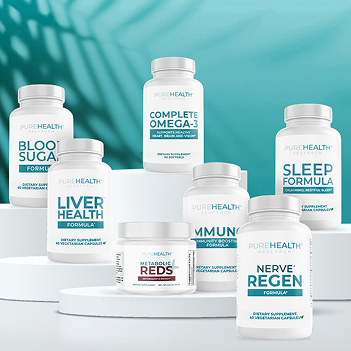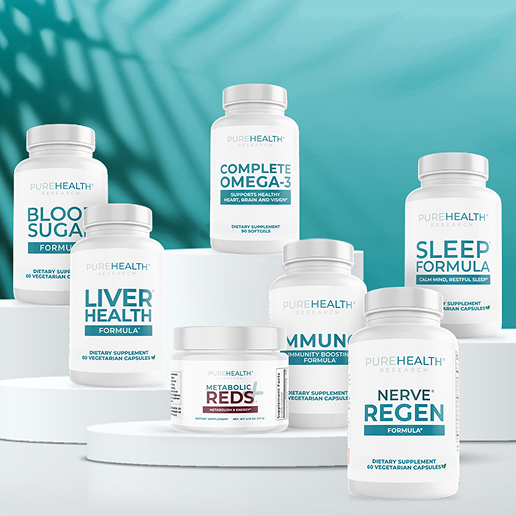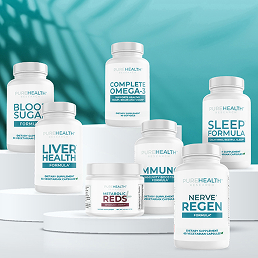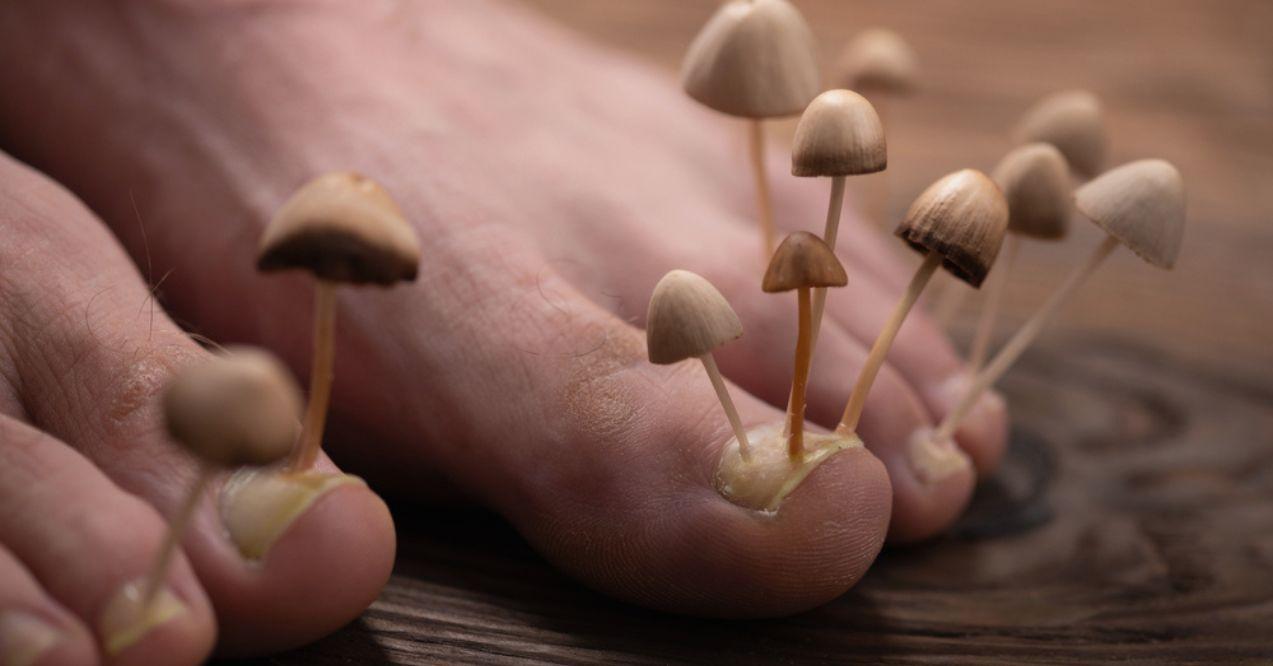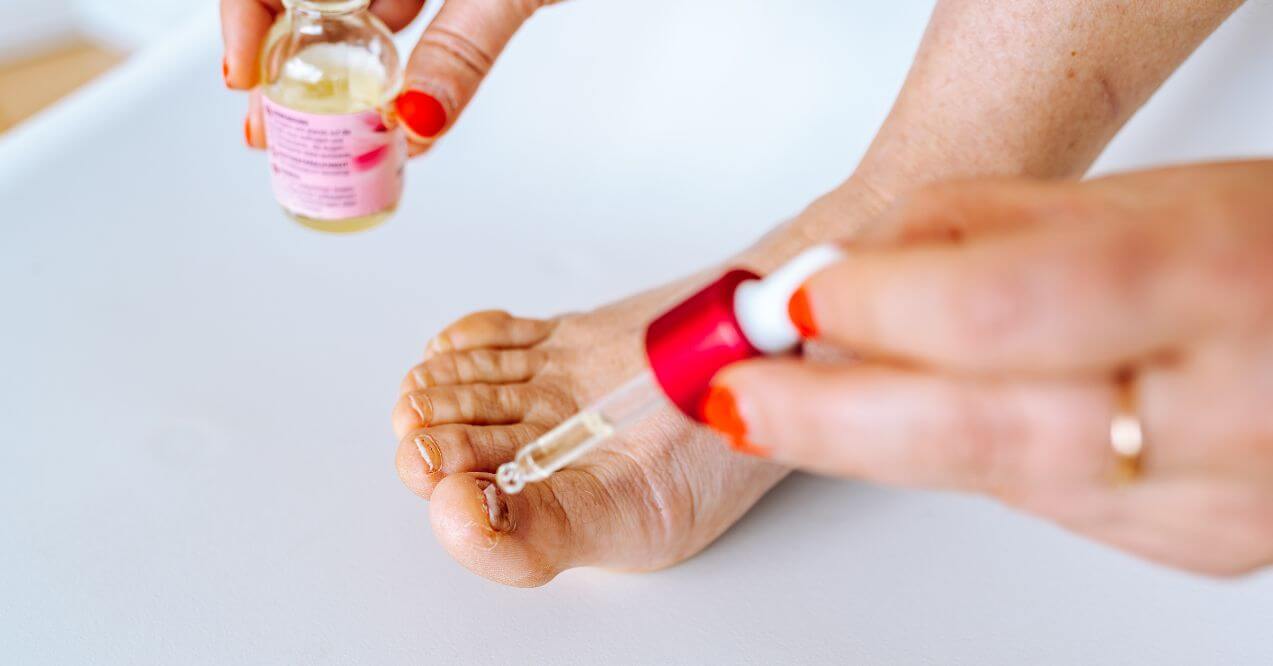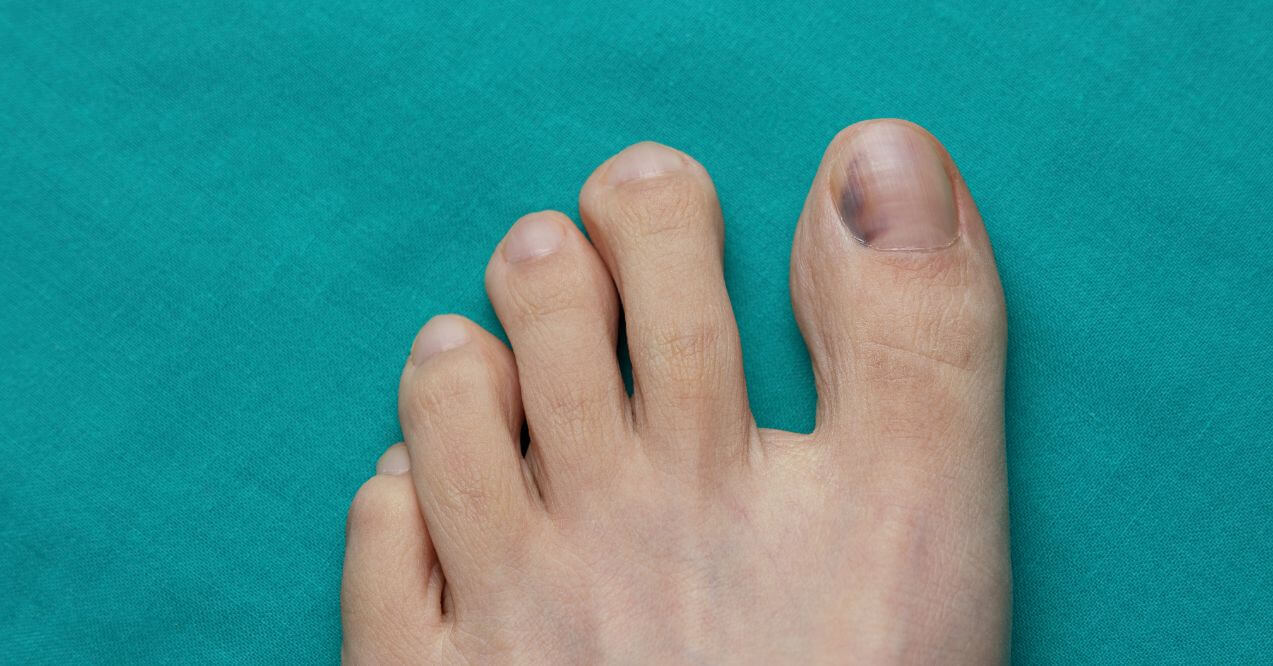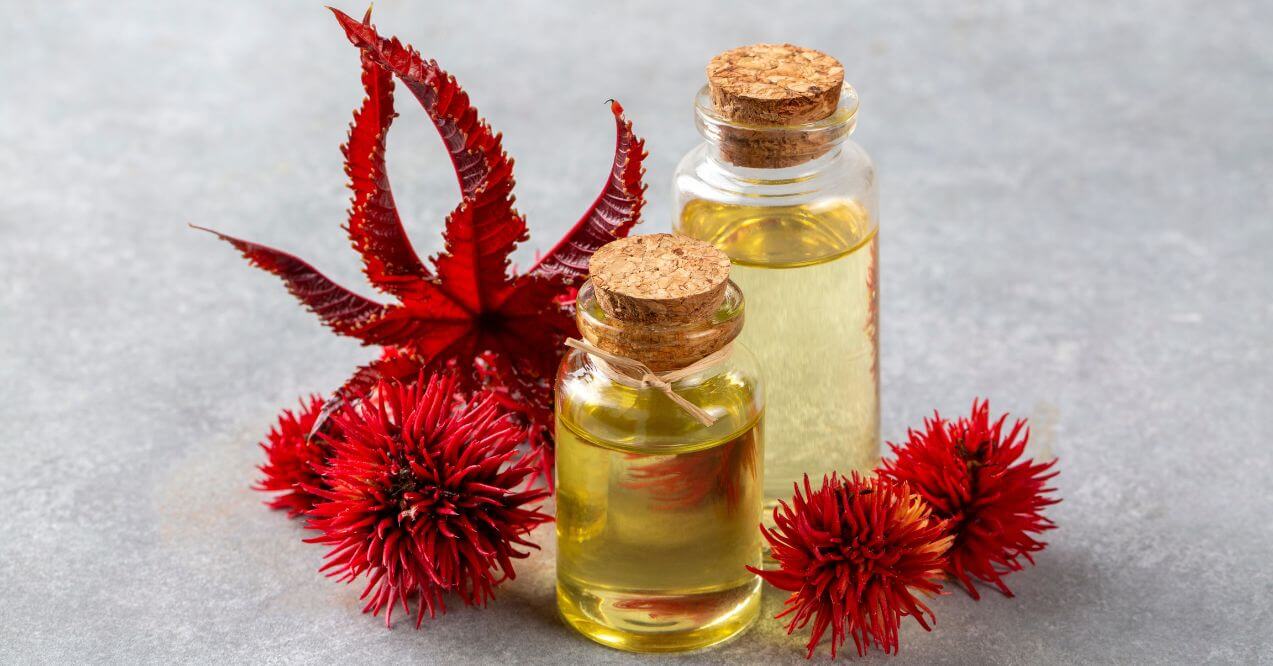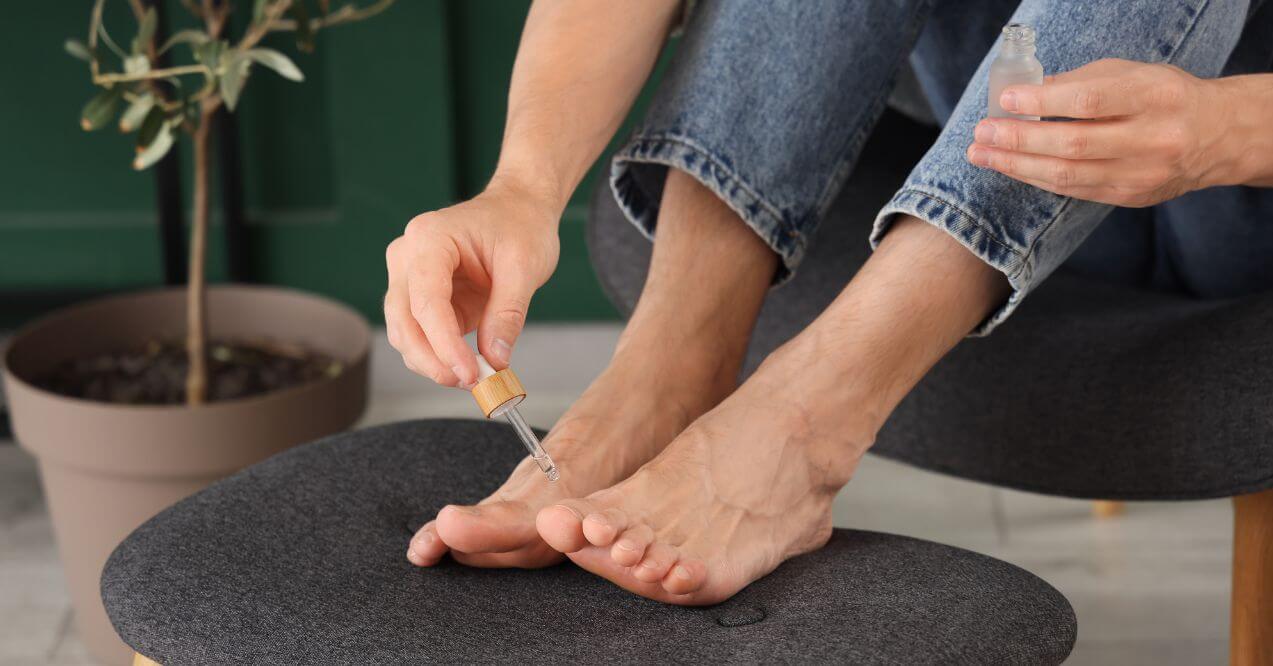Nail Mold vs Fungus: Differences and Treatment
Discover the differences between nail mold vs fungus, their causes, and effective treatments to maintain healthy nails.
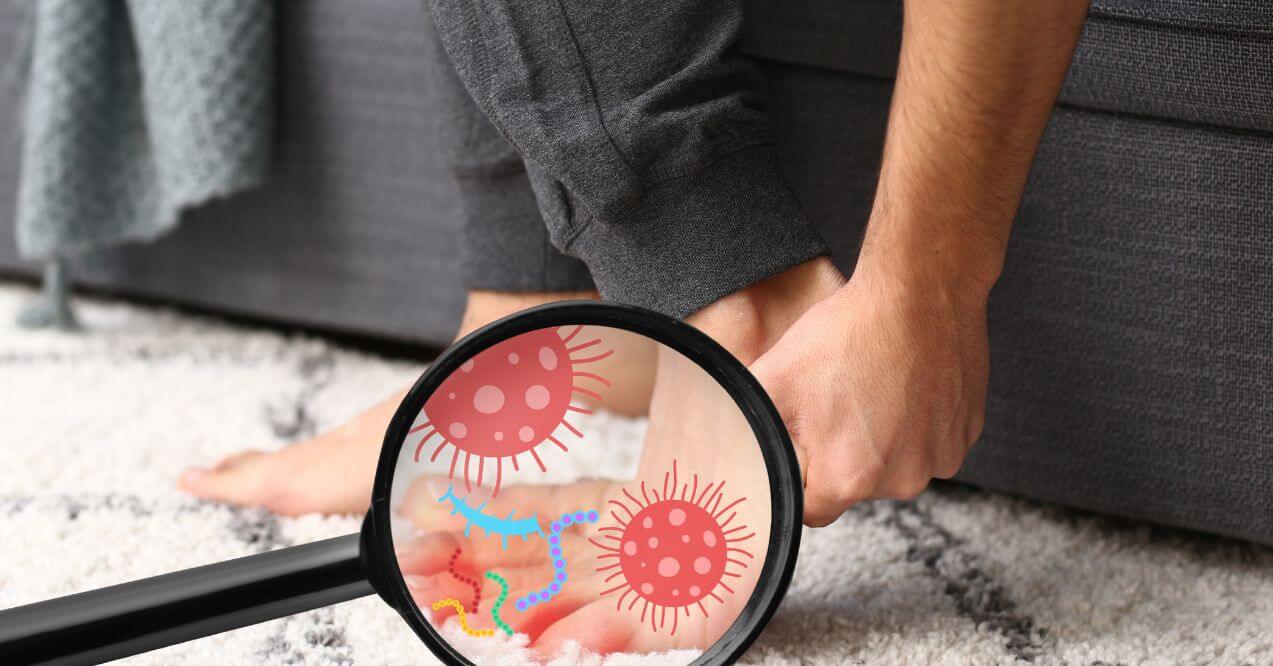

Understanding the nail mold vs fungus difference is crucial for maintaining healthy nails. While often confused, nail mold and fungus are separate conditions that require different approaches to management.
Bacteria typically cause nail mold. It results in discolored and weakened nails. This condition is particularly common in warm, moist environments that promote bacterial growth.
Nail fungus, on the other hand, is a persistent infection caused by fungal organisms. It can thicken nails, make them brittle, and spread if left untreated. Recognizing the key differences between these conditions is essential for proper treatment and prevention. Read on to learn how to identify, treat, and prevent nail mold and fungus effectively.
Understanding Nail Mold
Nail mold, a type of fungus, is a condition characterized by the growth of mold organisms on or under the nail plate. Unlike normal, healthy nails, molded nails typically appear as green, yellow, or black spots on the nail, which can gradually spread if not addressed.
Key signs of nail mold include:
- Color change (often greenish-black)
- Thickening of the nail
- Brittleness or flaking
- Separation of the nail from the nail bed
It’s important to note that nail mold thrives in moist environments, making it more common in toenails than fingernails. It can affect people of any age but is more common in those who often have wet or damp hands or feet.
Nail Mold vs Fungus: Understanding the Difference
Understanding nail mold vs fungus is crucial for appropriate treatment and management. While both conditions affect the nails, they have distinct characteristics and progressions.
Mold organisms that grow on or under the nail plate cause nail mold. The main sign is a green-black color change on the nail, which can range from tiny dots to big areas. Mold thrives in moist environments and feeds on keratin, the protein in nails.
If left untreated, molded nails may become thick, brittle, and separate from the nail bed. However, nail mold typically remains superficial and does not penetrate deeply into the nail structure.
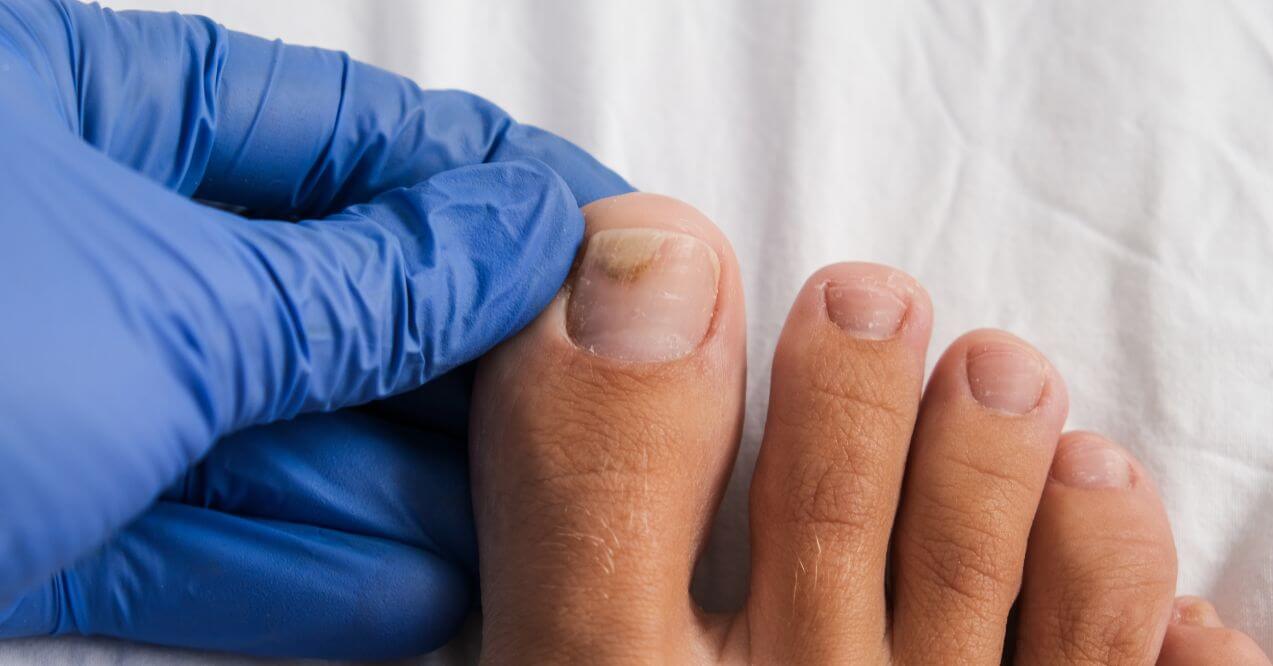
Nail fungus, however, is an infection caused by different kinds of tiny germs, like fungi, yeasts, and molds.
The stages of toenail fungus begin with a small white or yellow spot under the nail tip, which gradually spreads. As the infection progresses, the nail may thicken, discolor, become brittle, and crumble.
In advanced stages, the nail can deform and detach from the nail bed. Toenail fungus comes in different types, and they can vary in severity and how they respond to treatment. It is important to identify the specific type for effective management.
Mold and fungus can both make nails change color, break easily, and get thicker. But they are different in how deep they go and how they grow.
Mold usually stays on the outside, while fungus goes deeper and does more harm to the nail. Knowing how mold and fungus are different is key. It helps you pick the right way to treat them and keep your nails healthy.
Causes Of Nail Mold
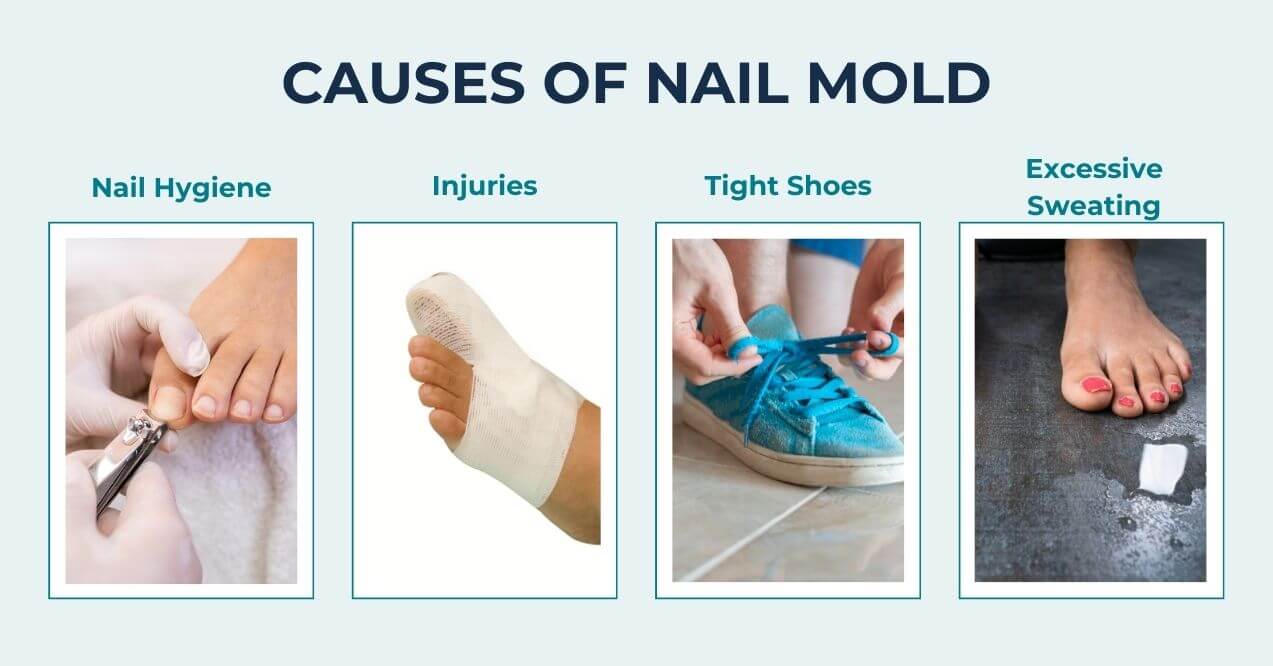
Understanding the difference between nail mold vs fungus and understanding not only the cause of nail mold, but also what causes toenail fungus can help in preventing and managing these nail conditions effectively. Here is the list of factors that contribute to the development of nail mold.
Nail Hygiene
Maintaining clean and dry nails is crucial in preventing mold growth. Poor nail hygiene, such as infrequent washing or drying of the feet and hands, creates a suitable environment for mold to thrive. Regular cleaning and proper drying of nails can significantly reduce the risk of developing nail mold. Avoiding prolonged exposure to damp conditions, such as wet socks or gloves, is essential to maintain nail health.
Injuries
Injuries to the nails, such as cuts, bruises, or trauma, can create an entry point for mold and other infections. When damage occurs to the nail or surrounding skin, mold spores can more easily invade and grow. Taking prompt and proper care of nail injuries can help prevent infections and stop nail mold from developing.
Tight Shoes
Wearing tight or ill-fitting shoes can contribute to the development of nail mold. Tight shoes can cause repeated trauma to the toenails, leading to small cracks or separations where mold can enter and grow. Additionally, tight shoes can create a moist environment by trapping sweat, further promoting mold growth. Choosing well-fitting shoes that allow for proper ventilation is essential in preventing nail mold.
Excessive Sweating
Excessive sweating, especially on the feet, can lead to nail mold. Sweaty feet create a consistently damp environment, which is ideal for mold growth. Managing foot sweat through breathable footwear, moisture-wicking socks, and regular foot hygiene can help reduce the risk of nail mold.
How to Treat Nail Mold?
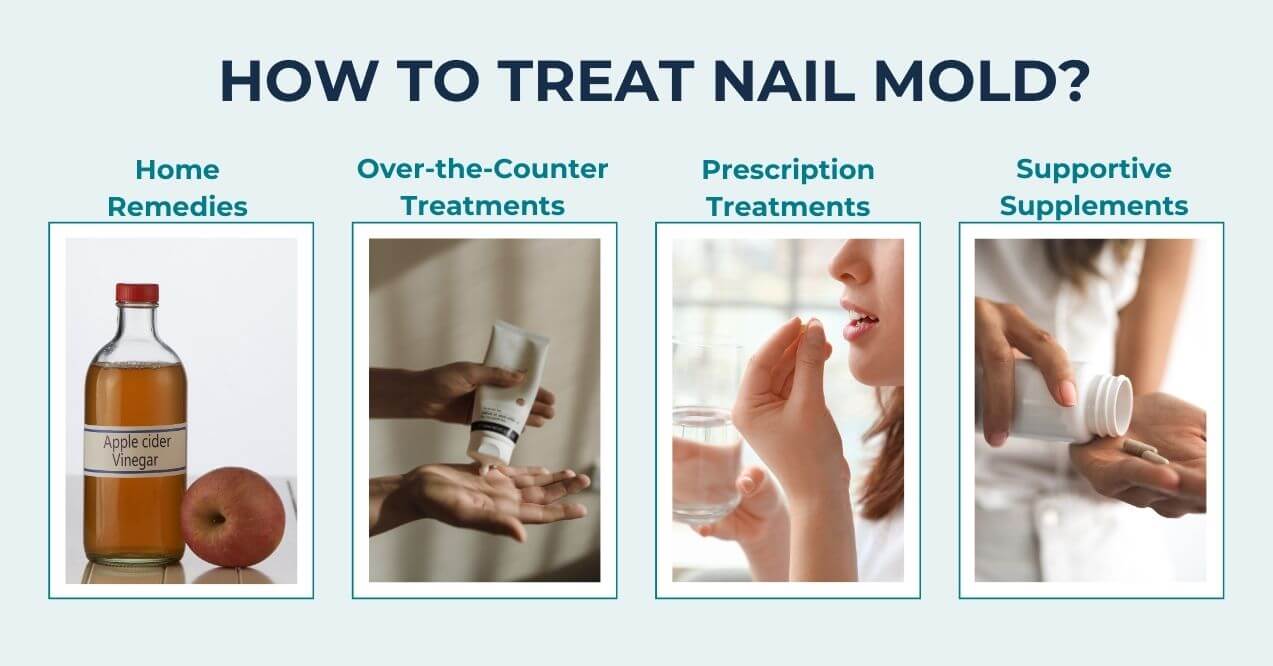
Treating nail mold involves various methods, from home remedies to professional treatments. Learning how to get rid of toenail fungus and nail mold can help you manage and reduce this problem effectively.
Home Remedies
Home remedies can be effective for mild cases of nail mold. Vinegar soaks are a popular option; simply mix one part vinegar with two parts water and soak your nails for 15-20 minutes daily. Another effective home remedy is applying tea tree oil, known for its antifungal properties.
Use a cotton swab to apply the oil directly to the affected nail twice daily. Both methods help create an environment that is hostile to mold growth.
Over-the-Counter Treatments
You can easily find over-the-counter treatments that work well for moderate cases of nail mold. You can apply antifungal creams and nail polishes (called clotrimazole or miconazole) directly to the affected nails. These products help reduce mold growth and improve how your nails look over time. Follow the instructions carefully and keep using the treatment until the mold is completely gone.
Prescription Treatments
For persistent or severe cases of nail mold, seeking professional medical advice is crucial. Prescription treatments, such as oral antifungal medications or stronger topical treatments, may be necessary. Regular follow-ups are essential to monitor progress and ensure the effectiveness of the treatment
Supportive Supplements
If you’re looking for additional options to tackle toenail fungus and promote nail health, our best supplements for toenail fungus can provide targeted support. Backed by Dr. Holly Lucille, these products has natural plant ingredients that could help beat nail fungus and stop it from coming back. Explore our full range of supplements and find the perfect solution for your needs.
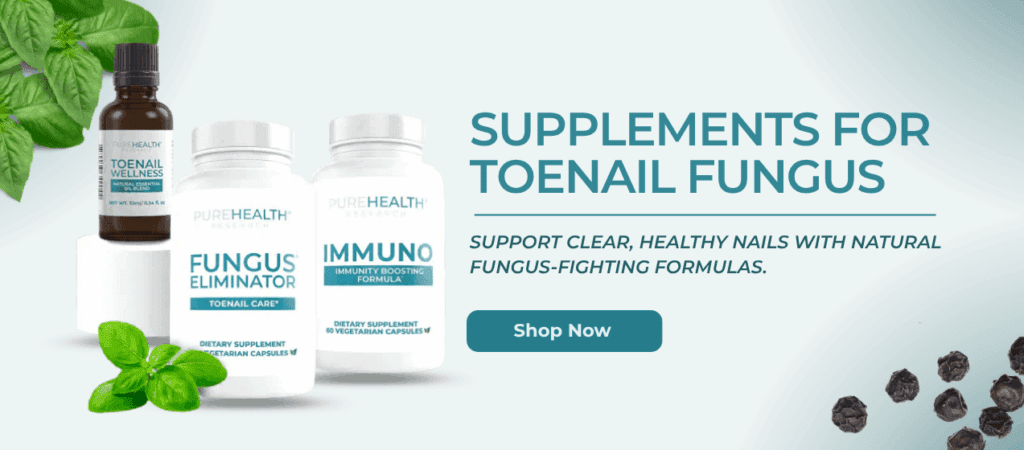
Conclusion
Knowing the difference between nail mold vs fungus is important for keeping nails healthy, especially as we get older. Both can make nails change color and become brittle, but mold usually stays on the surface while fungus goes deeper into the nail.
To avoid these problems, keep your nails clean, wear shoes that fit well, and try to keep your feet dry. If you see changes in your nails, you can try home fixes like soaking in vinegar or using store-bought treatments. If the problem doesn’t go away, ask your doctor about stronger medicines.
Don’t forget, taking care of your nails is part of taking care of your whole body. If you know what to do and take good care of your nails, you can keep them healthy and strong. This can help you feel more comfortable and sure of yourself in your older years.
Yes, mold is a kind of fungus. It’s made up of tiny threads that can grow on many things, including nails, where it can cause problems like nail mold.
No, mold and fungus are not the same. Mold is a type of fungus that grows on things, while fungi include many kinds, like molds, yeasts, and mushrooms. Each one is different and does different things.
Nail fungus is caused by an infection, leading to thick, brittle, discolored nails that may crumble or develop a foul odor. It spreads gradually and worsens over time. Nail psoriasis, an autoimmune condition, causes pitting, ridges, uneven growth, and nail separation, often appearing alongside skin psoriasis.
Sign up for our Healthy Living newsletter!
Advertisement. This site offers health, wellness, fitness and nutritional information and is designed for educational purposes only. You should not rely on this information as a substitute for, nor does it replace, professional medical advice, diagnosis, or treatment. If you have any concerns or questions about your health, you should always consult with a physician or other health-care professional. Do not disregard, avoid or delay obtaining medical or health related advice from your health-care professional because of something you may have read on this site. The use of any information provided on this site is solely at your own risk.
